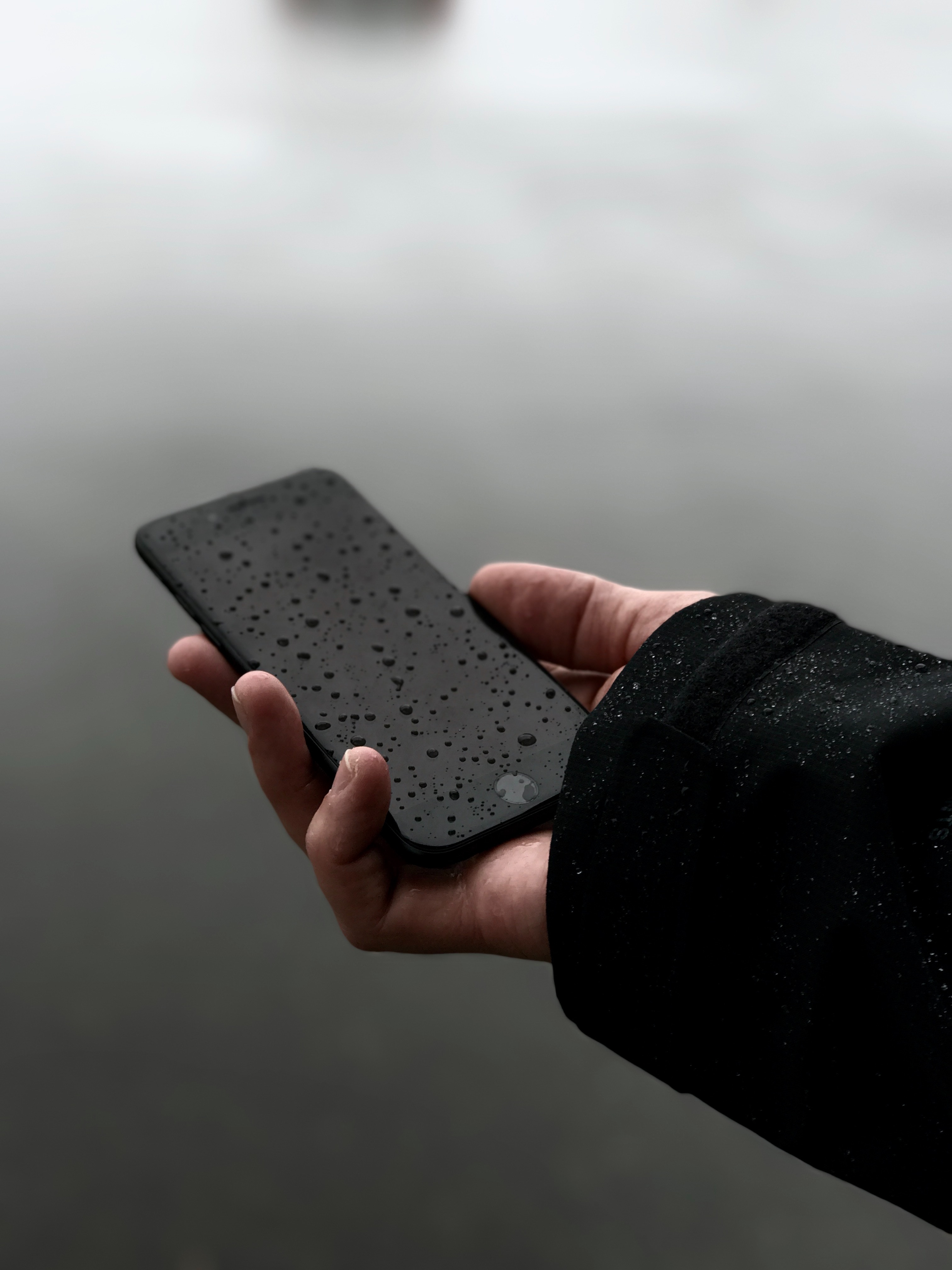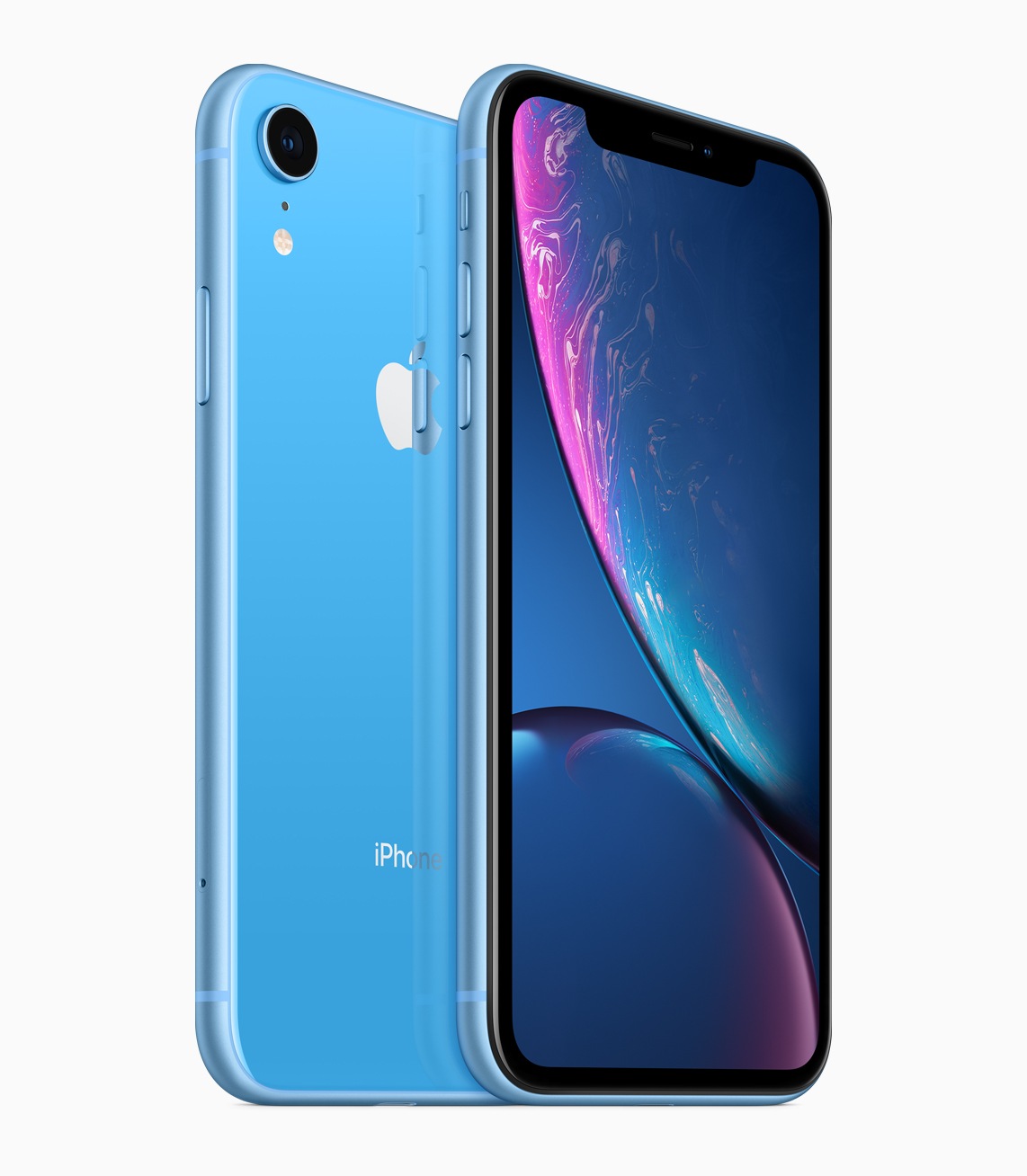Two patent applications from Apple granted by the US Patent and Trademark Office show how the iPhone could be easier to use with wet fingers in the future.
It is an open secret that Apple continues to research its technologies. The first waterproof iPhone with an IP67 rating was the seventh generation of the popular Apple smartphone. It was officially protected against splashes, water and dust and, according to Apple, could survive in water for up to 30 minutes at a maximum depth of one meter. The protection did not change with the introduction of the iPhone X and the iPhone 8. It was only with the current iPhone generation that Apple increased its resistance to such environmental influences. Accordingly, the iPhone Xs series is classified under IP68. According to Apple's data sheet, these are now protected against splashes, water and dust as well as other liquids and can survive in water for up to 30 minutes at a depth of over two meters. The protection of the iPhone Xr has not been upgraded.
Wet fingers are a problem
However, all devices have one thing in common. It is difficult to operate the iPhone with wet fingers. If your fingers are wet, the touchscreen may stop working. This is exactly what Apple wants to change in the future. The two new patents generally deal with finger recognition. Specifically, they are about processing time and the associated power consumption.
Capacitive touchscreens
Capacitive touchscreens are now installed on all smartphones and tablets. This touch variant can determine the position of the touch by changing an electrical field. The input can be made using at least one finger or a conductive stylus. These fields are disturbed by wet fingers and can lead to misinterpretations. Apple now wants to introduce certain filters to determine whether a touch was intentional. If Apple succeeds in implementing the technology, the iPhone would recognize many simultaneous touches. Rain, for example, would no longer hinder the user when using the iPhone.





